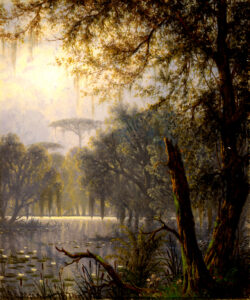Art
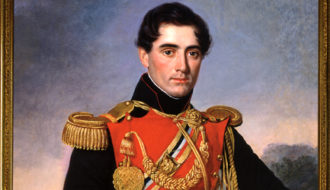
Jean Joseph Vaudechamp
In the 1830s, French painter Jean Joseph Vaudechamp regularly visited New Orleans during the winter months to paint portraits of the city's elite French Creoles.

In the 1830s, French painter Jean Joseph Vaudechamp regularly visited New Orleans during the winter months to paint portraits of the city's elite French Creoles.
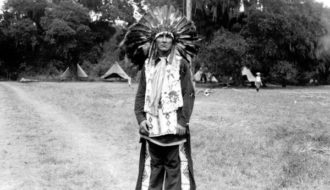
The Jena Band of Choctaw Indians is one of four Louisiana tribes recognized by the federal government and one of fifteen recognized by the state.

Ancestors of the Jena Band of Choctaw Indians avoided resettlement and remained in Louisiana following the Indian Removal Act of 1830.
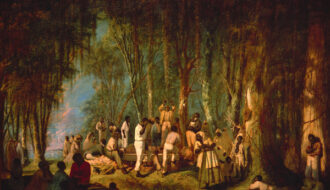
Born and raised in England, John Antrobus immigrated to the United States and relocated many times, including a period in Louisiana, where he opened a studio and executed a series of landscape paintings.
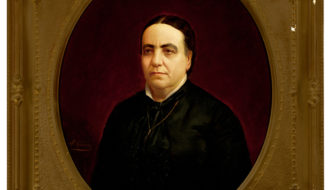
John Genin as primarily known as a portrait painter, but he also produced historical, genre, and landscape painting in nineteenth century New Orleans.
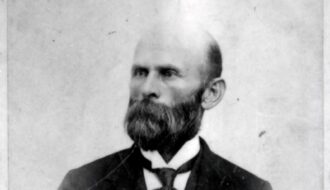
The namesake of McNeese State University, John McNeese was a late-nineteenth-century champion of public education who led the creation of numerous schools in southwest Louisiana.
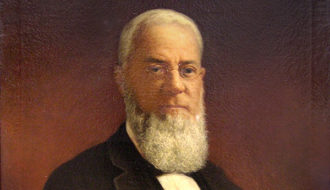
John T. Ludeling served as the chief justice of the Louisiana Supreme Court from 1868 to 1877.
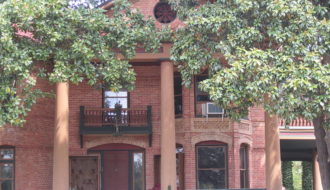
Democrat John Watkins served as a US representative from northwestern Louisiana from 1905 to 1921.
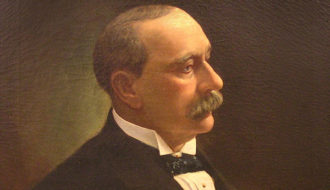
Joseph A. Breaux served as the chief justice of the Louisiana Supreme Court from 1904 to 1914.
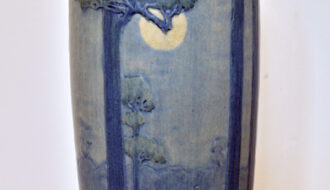
Master potter Joseph Fortune Meyer's classic shapes and consistently high standards are, most likely, the reason that Newcomb College art pottery became internationally famous
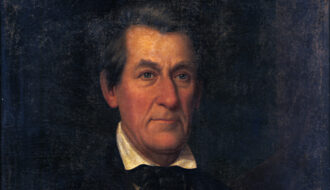
Planter, politician, and Democrat, Joseph Walker served as governor of Louisiana from 1850 until 1853.
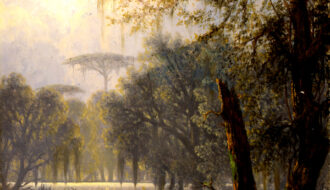
Although not a Louisiana resident, landscape painter Joseph Rusling Meeker is well known for his bayou swamp scenes.
One-Year Subscription (4 issues) : $25.00
Two-Year Subscription (8 issues) : $40.00
